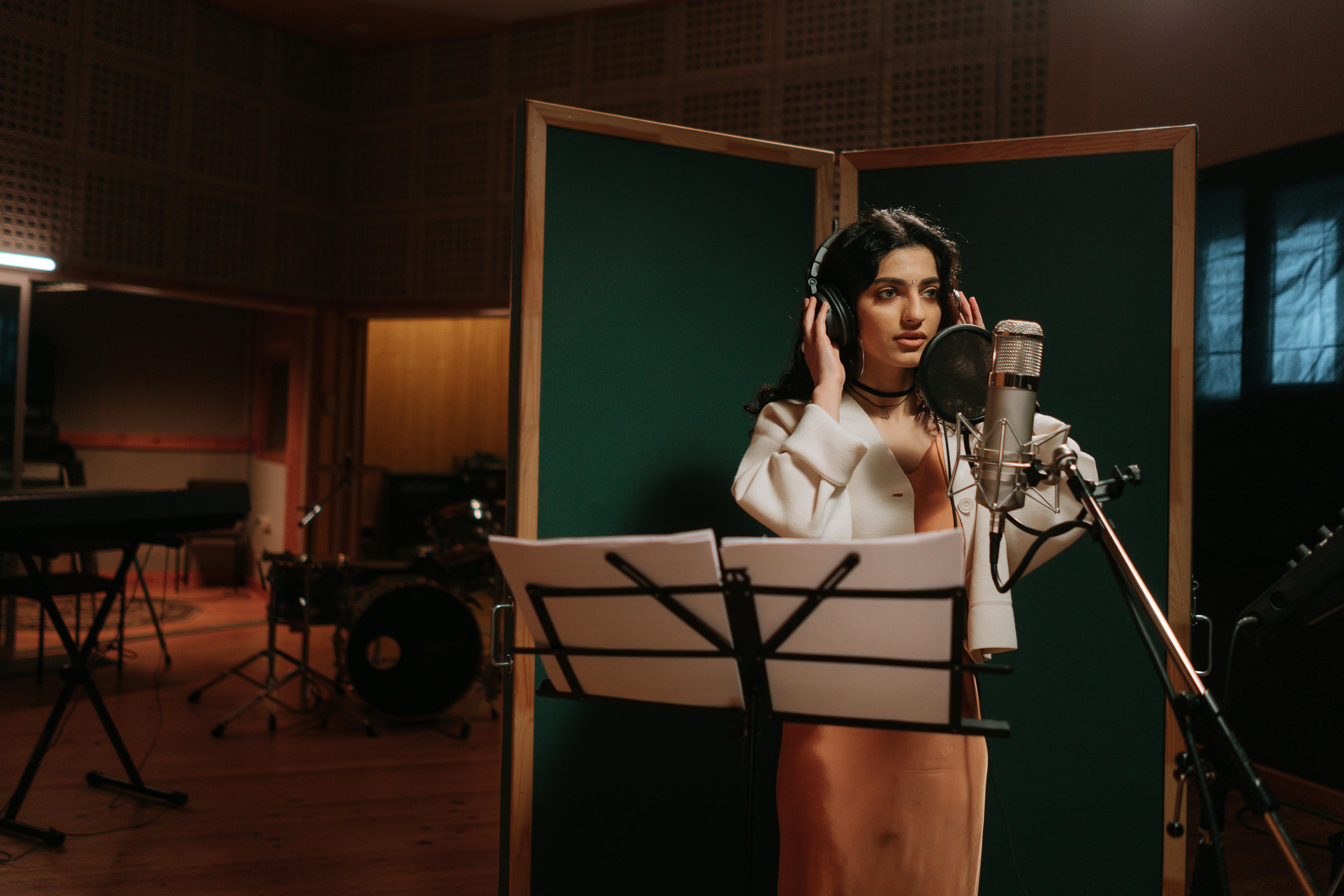SLR Film Photography Special Effects (Part 1) – Ghost Effect

I know there are some photographers who still like to pick up that trusty old SLR, insert a roll of film, and go out and experiment in the field. Then walk up with a smile of anticipation as they pick up the developed film from your favorite photo store and the person behind the counter asks, “How did you take that photo? That’s awesome!”
It is to this ‘purer’ photography that I appeal (this time), to those who still like to use film from time to time. Most photographers have digital SLRs (DSLR – “and so do I”). I know you can create this effect with Photoshop, after the fact; but having creative control over this special effect makes it exciting because you execute this photographic miracle at the precise moment you press the shutter button.
Ghosting. That’s what this special effect is called; Achieved by using your SLR’s multiple exposure feature, but with a simple twist to ensure proper film exposure. The procedure detailed in this article is different from the instructions in your SLR’s manual. Ghosting it’s perfect for photos involving moving subjects, taken when the camera and background are steady (not moving) and the subjects move across, around, or across the frame. I’ve had great success using this effect when photographing people moving through a historic site or children running around on rocks. I have also used this effect for weddings and sports shoots.
Example: In one wedding photograph, the groom was standing at the foot of the stone steps of a historic home, his hand extended to his bride, who was slowly coming down the steps toward her groom. My six deliberate ‘clicks’ of the shutter created an airy and surreal image of the wedding couple.
Depending on the speed of moving subjects, the shutter can be held down in rapid-fire mode, or each exposure can be meticulously choreographed:
1) each subject deliberately placed in the frame,
2) a ‘click’ of the shutter, and
3) Repeat steps 1 and 2 up to the total number of multiple exposures you set on your camera.
So what is the mechanics of this “through the lens” shot to achieve the ghost effect?
1. Steady the camera: Best to use a tripod, a stable surface is a second option, or a steady hand as a last resort;
2. Set the number of multiple exposures you need for the frame to (N), usually 1 to 9;
3. For the roll of film in your SLR, determine the speed of the film (S);
4. Reset the camera’s film speed (Yes, you can override the setting) to (N × S) or, if not an exact match, set it to the nearest absolute speed ((N × S) ± setting) ;
5. Take your photo, pressing the shutter button for a total count equal to the number of camera exposures you set in step “2”.
Example:
1. You want 6 exposures in the frame (N=6), so set the number of multiple exposures to ‘6’;
2. You have determined that the speed of the film is 200 (S=200);
3. Reset the camera’s film speed to ‘1200’ (= 200 × 6);
4. Press the shutter button 6 times (for 6 exposures).
REMEMBER: Check and reset the SLR film speed and number of exposures to their original settings before continuing with your next shot. Some SLRs will automatically reset the number of exposures to ‘1’ before advancing the film to the next frame. It is always better to check this.
There are no special instructions for developing your film. Normal development at the rated speed of the film will ensure that the image is exposed and developed correctly, simply and beautifully. This is photo art!